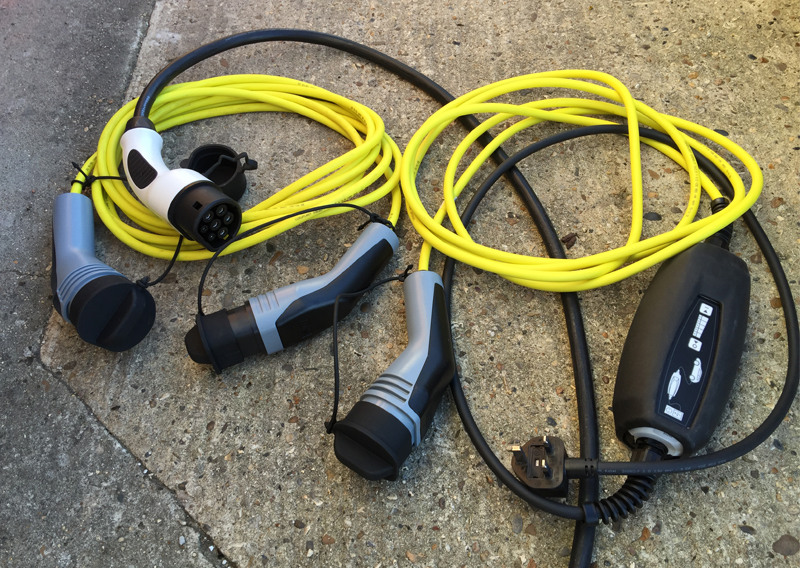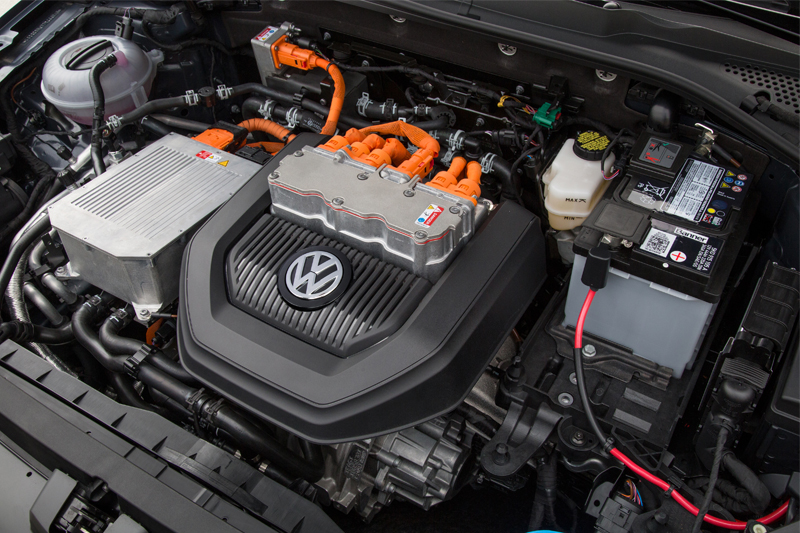
Yes! But it’s not all bad news if we are qualified and ready for it.
As with work on any type of vehicle, training, skill and access to information is essential. With hybrid and electric vehicles, it is even more important. I am sure by now most of you have heard the horror stories of somebody draining oil from a Toyota Prius – at which point the car starts its engine because the high voltage battery is discharging. You don’t need me to outline the consequences. Manufacturers’ information is therefore essential.

Hybrid cars require the same service as traditional ICE vehicles with additional checks of the EV systems. Pure EVs are different, they have fewer moving parts and because of regenerative braking, even the friction brakes are used less often. However, an electric car still needs to be serviced regularly.
The actual service is vehicle specific so some cars will need more checks than others. The MOT test (often done at the same time as an annual service) covers some of the basic safety checks, but as a general guide an EV service will include:
- Tyre condition, wear and pressure check
- All lights for correct operation
- All steering and suspension components inspected for security and wear
- Windscreen washer top up and wipers checked/replaced
- Pollen filter change
- Checking the auxiliary battery (even a pure EV has a ‘normal’ 12V battery)
- Checking the brake fluid moisture content and replacing if needed
- Additional brake checks because due to reduced use corrosion can build up
- Diagnostic scan to check for stored fault codes
- Check charging connectors for corrosion or dirt, which could lead to a build-up of heat
- Check charging cables, if in the vehicle, for any external damage to the insulation and the plugs/sockets.
- Check on high-voltage batteries and components in general should include:
- Cracks or deformation of housings
- Colour changes due to temperature and tarnishing
- Escaping electrolyte or coolant
- Damage to high-voltage contacts
- Information stickers are fitted and legible
- Equipotential bonding is in good order
- Corrosion and damage in general
- High-voltage cables for the battery, air conditioning and heating, electric drive, on-board charger and charging socket.
Always refer to the manufacturer’s information for what is required at a service. For example, at specific mileages some EVs require coolants to be changed. Overall there is less work to do when EV servicing. This means less time is spent so more vehicle throughput will be needed to ensure the workshop is fully loaded. More parking may be require because of this.

What is certain is that things are changing and that the amount of work and sale of parts will reduce. Perhaps some lateral thinking is needed and other sources of revenue could be explored. For example, electric scooters and eBikes will need servicing. We are in a time of rapid change – the best option is to be prepared.









